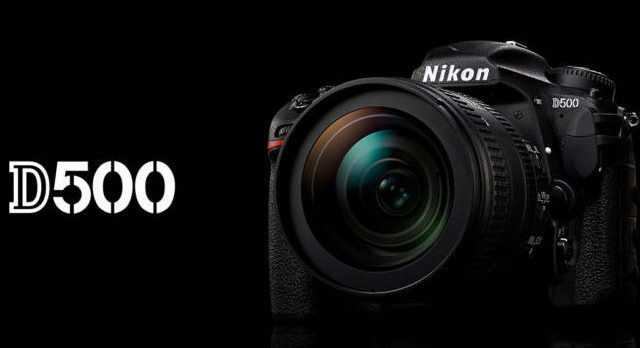
Nikon D500 mini field review
Introduction:
Introduced back in 2016 , the Nikon D500 is one of the only two semi-pro or enthusiast level APS-C DSLR’s currently on the market (the other one is the now obsolete Canon EOS-7D Mark II), and it may well be the last of its kind. Those who follow my work know that I have not been a big fan of APS-C cameras partly due to bad taste left from the poor performance of the Canon 7D series. (read my impressions of the 7D Mark II here published several years ago). So until 2019 I had not shoot extensively with the Nikon D500 either. In this mini review I will put the D500 through its paces for shooting avian subjects. I am sure there are plenty of reviews which have covered this camera in depth for other applications.
Body and construction:
The Nikon D500 is well built and feels solid in the hand. Its construction quality is very similar to the Nikon D850 (read the review here) which is right below the pro flagship D5. I am confident that the D500 can take a fair bit of punishment in the field. Below you can compare sizes between the D500, the gripped D850 and the D5. The D500 is the lightest of the three obviously. Unlike the D850, it does not require the optional grip to the achieve its maximum burst speed (10 fps) which is a plus. The D500 has an articulating LCD like the D850 and a menu system that closely resembles both the D5 and the D850. Although the LCD unit appears to be identical, it has fewer touch functions than the D850. It takes the same battery as the D850 also, which is convenient. Overall compared to the old Canon 7D series the Nikon D500 has a more solid build and premium feel to it.
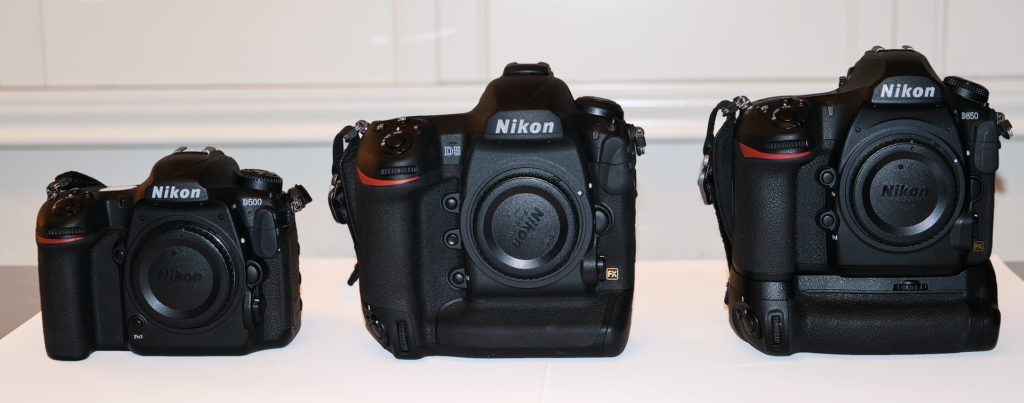
From left to right : Nikon D500, Nikon D5 and the Nikon D850 plus Nikon MB-D18 grip. With the grip attached, the D850 is the largest and the heaviest of the three.
The D500 takes both SD cards and XQD. That is a huge plus meaning the owners of the trio (D5, D850 and D500) can only work with one type of memory card and card reader (XQD), at least for now.
One area where there is a significant difference between the D500 and its full frame siblings is the view finder. The D500 viewfinder is significantly smaller and darker than both the D5 and the D850, as expected due to DX cropped field of view (FOV).
Image quality and sensor:
The D500 is a DX (APS-C sensor) body, before getting into image quality I highly recommend you read my explanation of the crop factor here to understand this topic. The pixel pitch of the D500 sensor is identical to the D850 so the image quality of both cameras is almost identical at pixel level. This means that when shooting a far subject from the same distance with the same lens, both the D850 and the D500 will deliver a similar output as they have an identical “telephoto reach”. Of course, if you can get closer to the subject with the D850 or use a longer lens to fill the frame with the subject, the D850 will blow the D500 out of water in terms of fine details, no contest there.
When shooting wild birds, especially birds of prey many photographers will find themselves in a focal length limited situation, unless of course some kind of attraction technique or a camo/blind is used. In such cases the D500 image is virtually identical to the D850 image post cropping therefore I am not going to spend much time comparing these two. The D500 images are sharp and clean with great micro-contrast. Just like the D850 the D500 does not have an optical low-pass filter over the sensor which means it can deliver very crisp RAW’s at 100%.
High-ISO/low light performance:
The low-light performance of the Nikon D500 is very similar to that of the D850. The camera is most comfortable at ISO’s below 1600. At ISO-2000 and beyond the image quality deteriorates and no longer meets my expectations for an avian-quality photo. I would not take the D500 on a low light shoot. There is the D5 for that.
Shown below are 100% crops from RAW converted with Capture One Pro 20 with my optimal recipe (please see my guides for details). As you can see the micro-contrast and details are pretty good, at ISO-3200 we can readily see some loss of detail in the finer feathers. Keep in mind that these test images are taken under ideal conditions: at close range, with uniform light, stationary subject etc. In the field the high ISO results will typically be worse, thus my subjective limit of ISO-2K for the D500/D850.
In case you are wondering how the D500 stacks up against the D5 below is a side-by-side comparisons of two at ISO-1600. The D500 image has more details but it is grainier and has lost micro-contrast and pixel-level sharpness compared to D5. In these conditions if the bird is large in the frame (close) so that little cropping is needed, the D5 will produce a higher quality image but if heavy cropping is required the D500 image will look more detailed after processing. The D500 is simply the best APS-C (DX) camera I have seen to date and is way ahead of its competition.
AF performance for BIF
The D500 uses the same AF sensor used in the D850 and the D5. In practice the AF performance of the D500 is very similar to the D850 (read my review here). This means it is a very capable body when shooting with lens+TC combinations with a maximum aperture of f/5.6 or faster. At f/8 the AF takes a noticeable hit and is not generally recommended for BIF (exceptions apply). Unlike the D850, the D500’s DRAM buffer can hold many more images. When the D850 buffer is full the camera slows down until the buffer is flushed, this means the AF is also slower during this period and may not be able to keep up with a fast subject. The D500 has almost an infinite buffer (when using a fast XQD memory card) for practical purposes. In almost a year of shooting with the D500 I yet have to fill is buffer. The camera does not slow down in the middle of action. This factor makes the D500 more suitable when shooting intense action.
For beginners, shooting hand held BIF with the D500 and a long lens such as the AF-S 600mm f/4 E FL + TC-14E III is more challenging than either the D850 or the D5 because of the narrower FOV of the cropped sensor in the viewfinder. It’s harder to initially find the subject and equally easier to lose it or clip the wings once acquired in the magnified finder. With the said lens + TC combination, the FOV (NOT the focal length) is equal to 1260mm, similar to shooting a full-frame body with the 600 + a 2X TC.
For experienced shooter who are skilled in hand holding super-telephoto lenses however, shooting BIF with D500 is actually easier than both the D5 and the D850. The reason is full AF coverage, again due to the crop body’s narrow FOV. The AF sensors span almost edge to edge in the D500 finder. This means as long as the photographer can keep the bird in the frame, it will fall on a couple of AF sensor plus the magnified view helps see the action better if you can keep up with it.
With practice one can improve their skills and competence and achieve great results with the D500 over time.
The D500 can deliver the best results for particular subjects. One of such subjects is small and skittish raptors such as the white-tailed kites. The kites are too skittish in the wild so unless the photographer can use a blind (camo does not work with kites), they will need a high resolution sensor (D850 or D500) that can render details from this small raptor. The D850 has enough resolution but its buffer limitation and consequent AF slow down can cause the camera to miss the ideal frame in the midst of action. The D500 has got you covered in these situations. Below are a couple of examples. To learn more about the techniques used to capture these images and the AF settings please see my newly published Nikon BIF Guide.
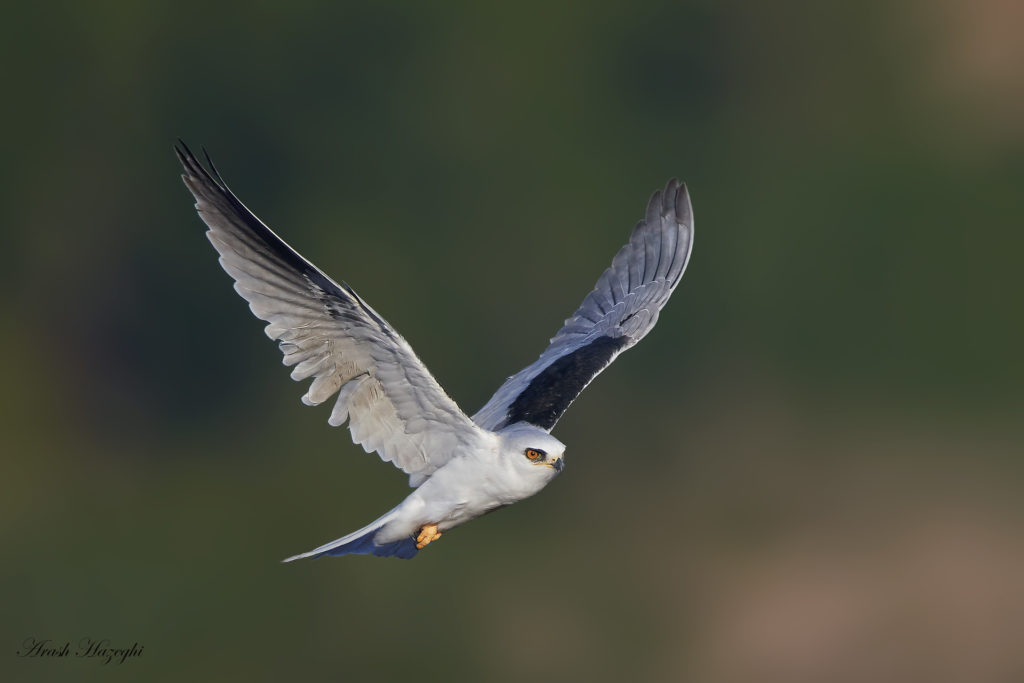
White-tailed kite. Nikon D500 and AF-S 600mm f/4 E FL + TC-14E III. ISO-640 f/5.6 1/3200 sec hand held. Processed with C1P. Click on the image to enlarge
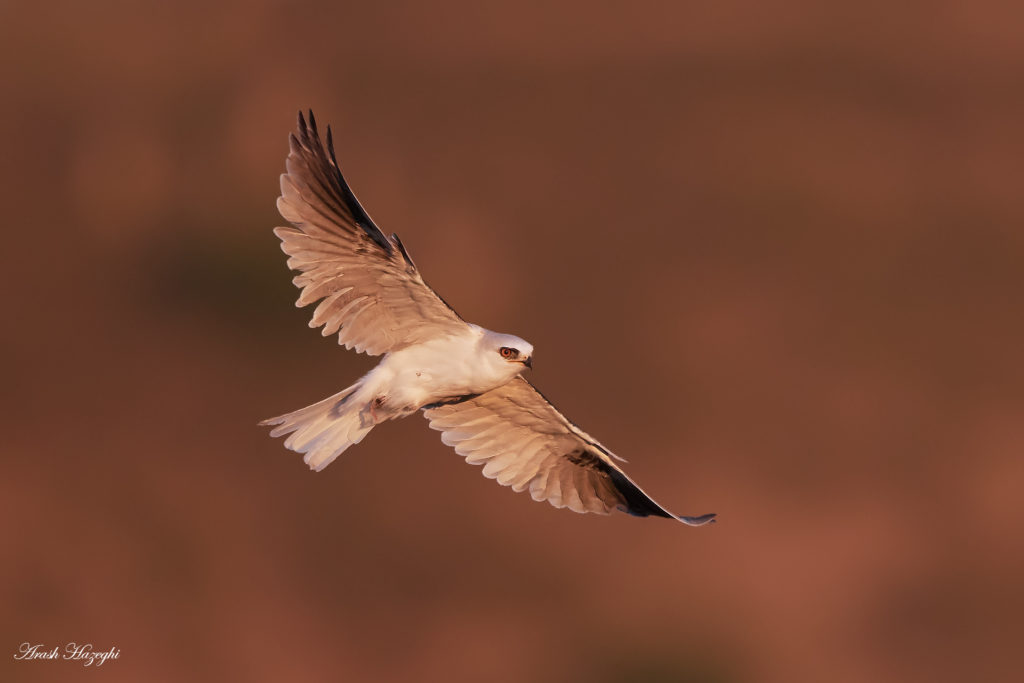
White-tailed kite with supper. Nikon D500 and AF-S 600mm f/4 E FL + TC-14E III, ISO-1000, f/5.6 at 1/3200sec hand held. Processed with C1P. Click on the image to enlarge
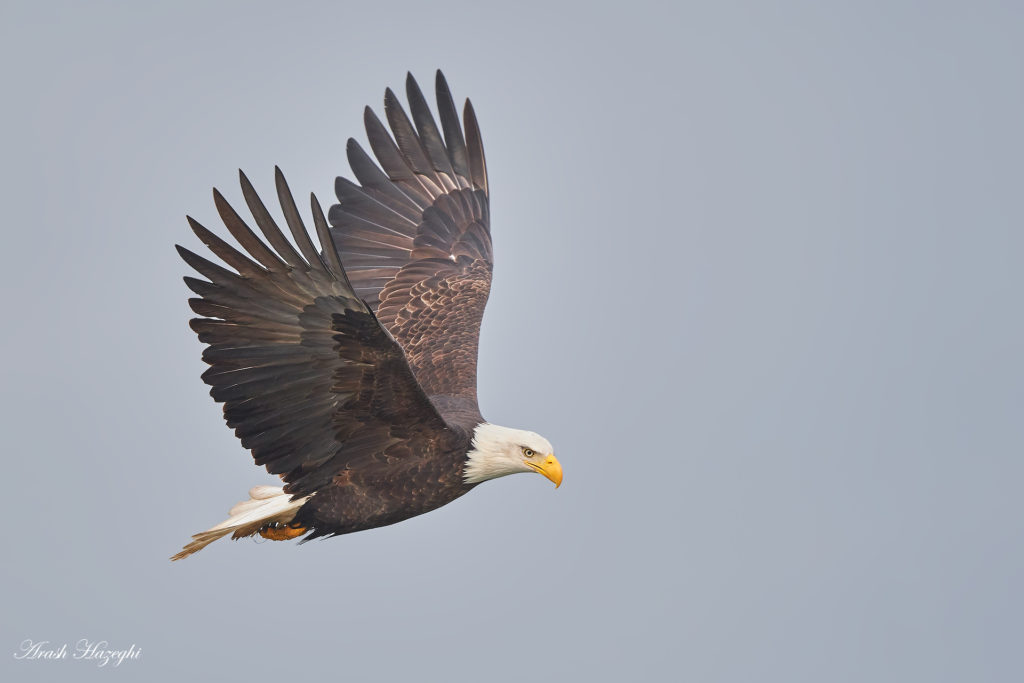
BC bald eagle, Nikon D500 and AF-S 500mm f/5.6 PF, ISO-1600, f/5.6 at 1/2000sec hand held. Processed with C1P. Click on the image to enlarge
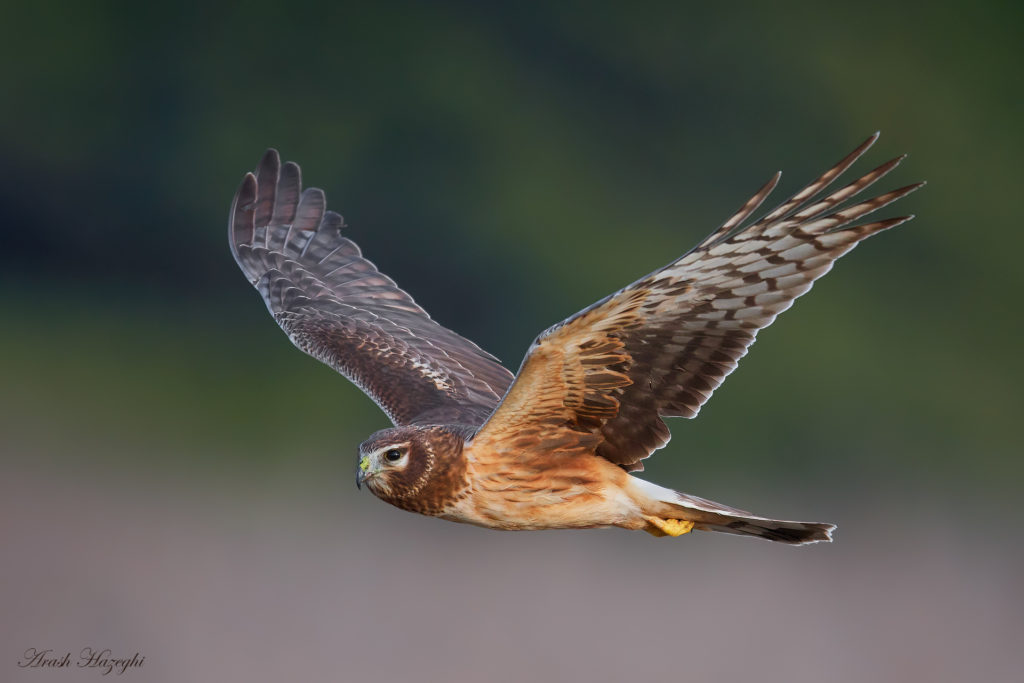
Northern harrier, female juvenile, Nikon D500 and AF-S 600mm f/4 E FL, ISO-1600, f/4 at 1/2000sec hand held. Processed with C1P. Click on the image to enlarge
The D500 mates very well with Nikon’s awesome AF-S 500mm f/5.6 PF, this combination is overall the lightest BIF rig that can still deliver the critical AF performance and the image quality required by the world’s top BIF photographers. This is the best combination for beginners as well, available for less than $5000. This combination will also deliver great results with the TC 14E-III for perched birds and in good light. It is really hard to beat this combo for the money.
Thanks to the low weight of the rig, one can make sharp images at very slow shutter speeds when the bird is not moving fast. Below I was able to get a sharp frame of the wood duck at 1/320 sec hand held. This is really a plus in low light, here I did not want to raise the ISO above 2K.
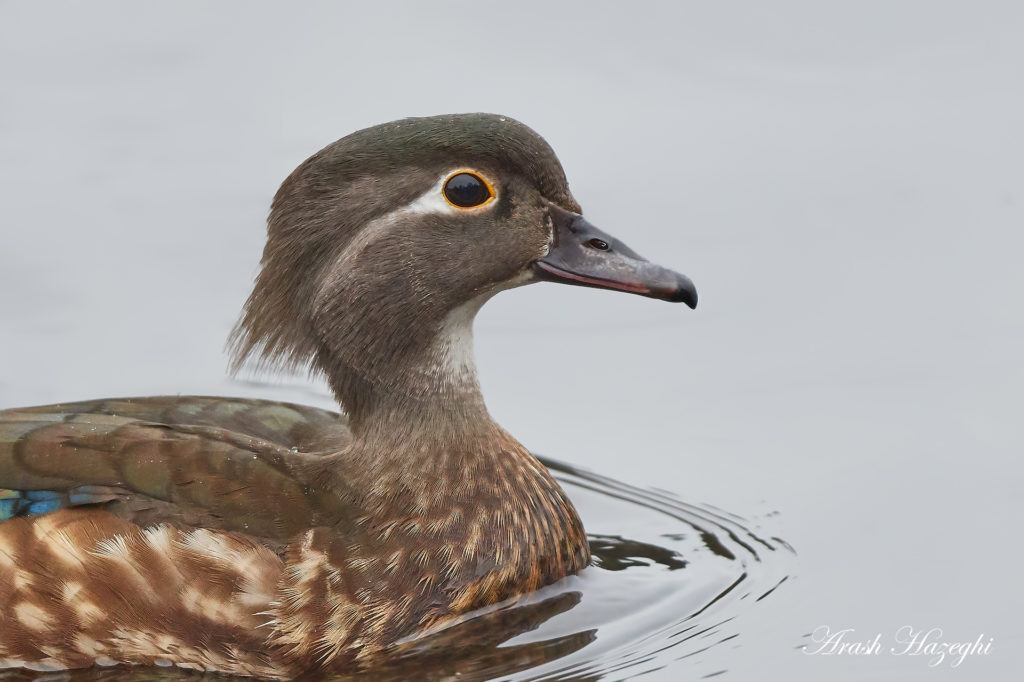
Wood duck, Nikon D500 and AF-S 500mm f/5.6 PF, ISO-2000, f/5.6 at 1/320sec hand held. Processed with C1P. Click on the image to enlarge
Another example with the D500 and 500 PF. The light-weight lens makes it easy to keep the subject centered at all times and the wider AF coverage compared to the FX bodies helps with holding the focus on the subject.
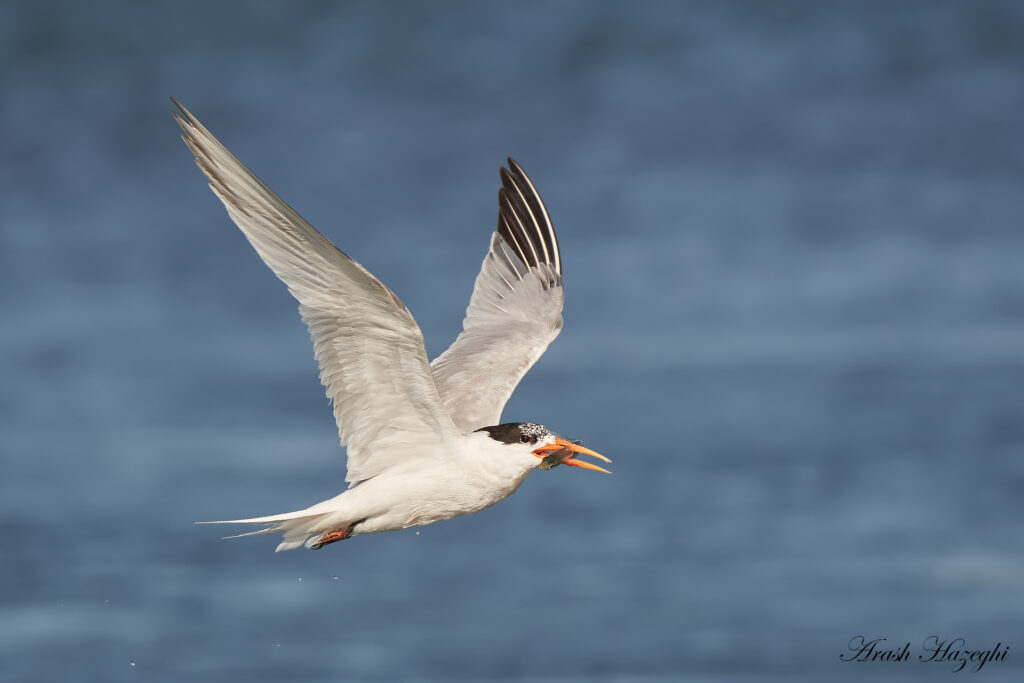
Elegant tern. Nikon D500 and AF-S 500PF f/5.6 1/4000 sec ISO-640 hand held processed with C1P. click in the image to enlarge
The light weight rig is also ideal for walking around all day and searching for elusive birds such as owls.
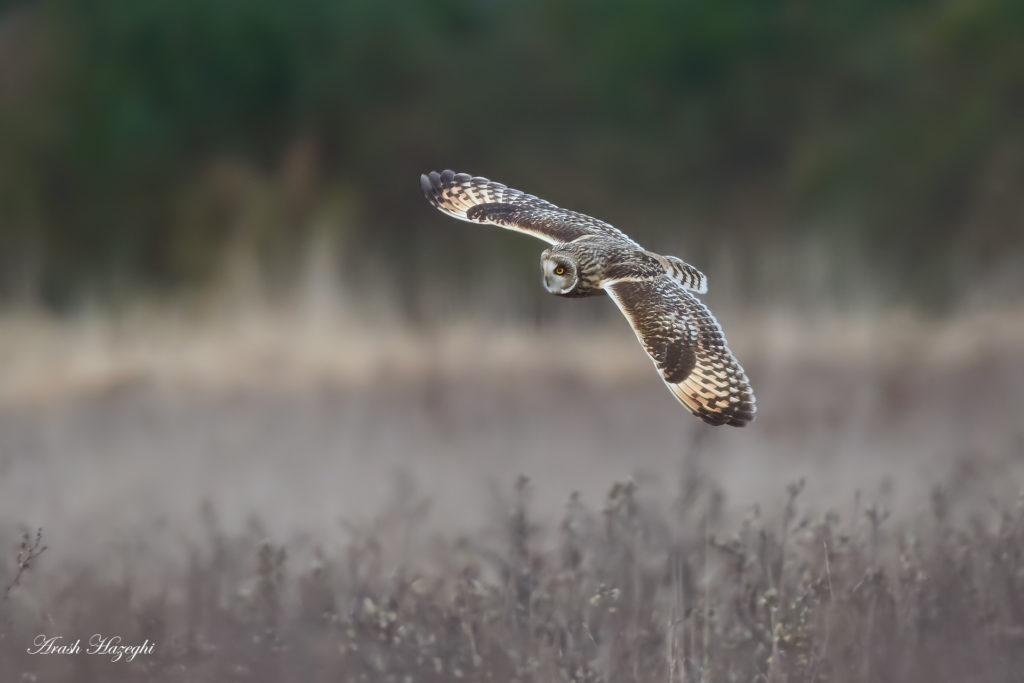
Short-eared owl. Nikon D500 and AF-S 500mm f/5.6 PF, ISO-1600, f/5.6 at 1/2000sec hand held. Processed with C1P. A very heavy crop. Click on the image to enlarge
After using the D500 in the field, I was pleasantly surprised by the results. Nikon have not crippled the AF in the D500 and it can perform very well even under challenging conditions. It is not a low light / high-ISO camera but when the light is sweet the images are excellent. The combination of the D500 plus the AF-S 500mm PF can beat much more expensive gear from the competition. It is good enough to get award-winning shots, I would recommend it in a heart beat… therefore highly recommended!
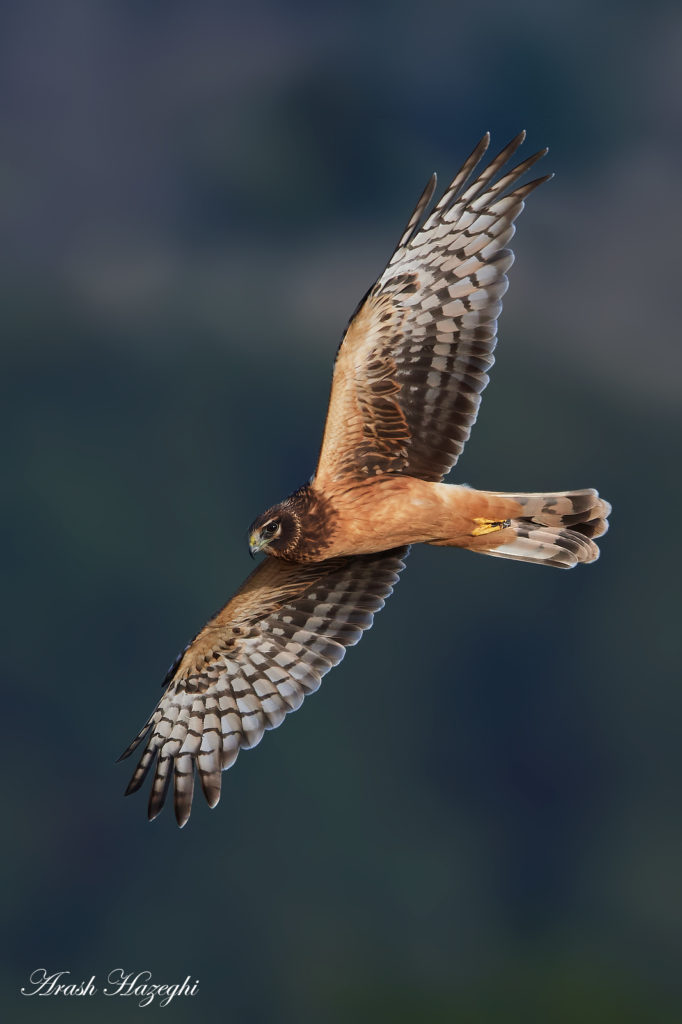
Northern harrier, juvenile female. Nikon D500 and AF-S 600mm f/4 E FL + TC-14E III, ISO-800, f/5.6 at 1/3200sec hand held. Processed with C1P
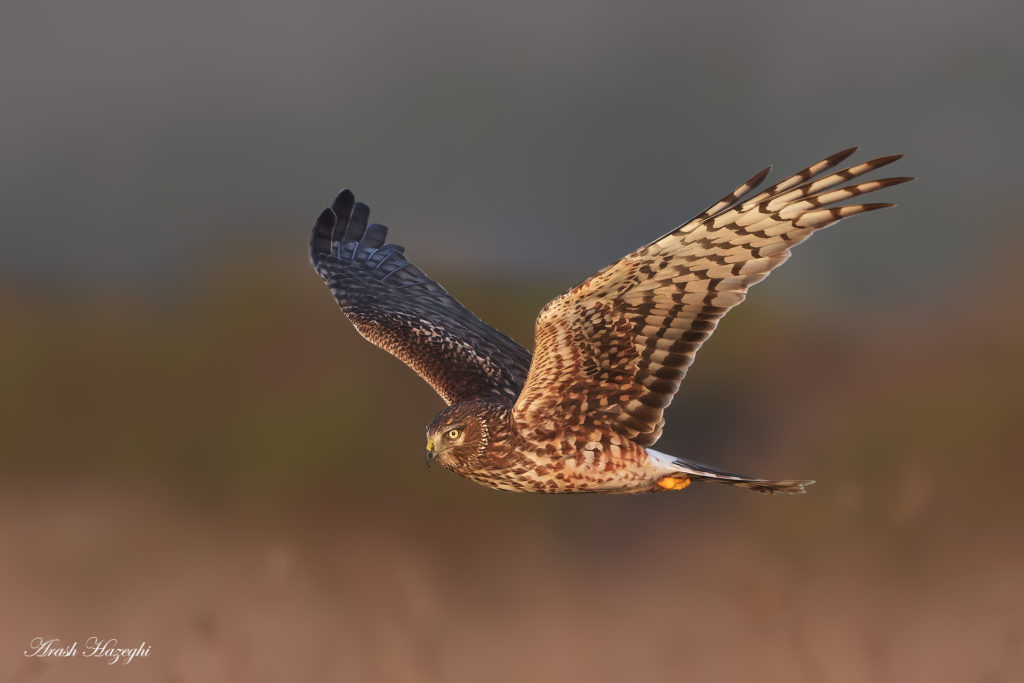
Northern harrier, adult female. Nikon D500 and AF-S 600mm f/4 E FL + TC-14E_III, ISO-2000, f/5.6 at 1/2000sec hand held. Processed with C1P. Click on the image to enlarge
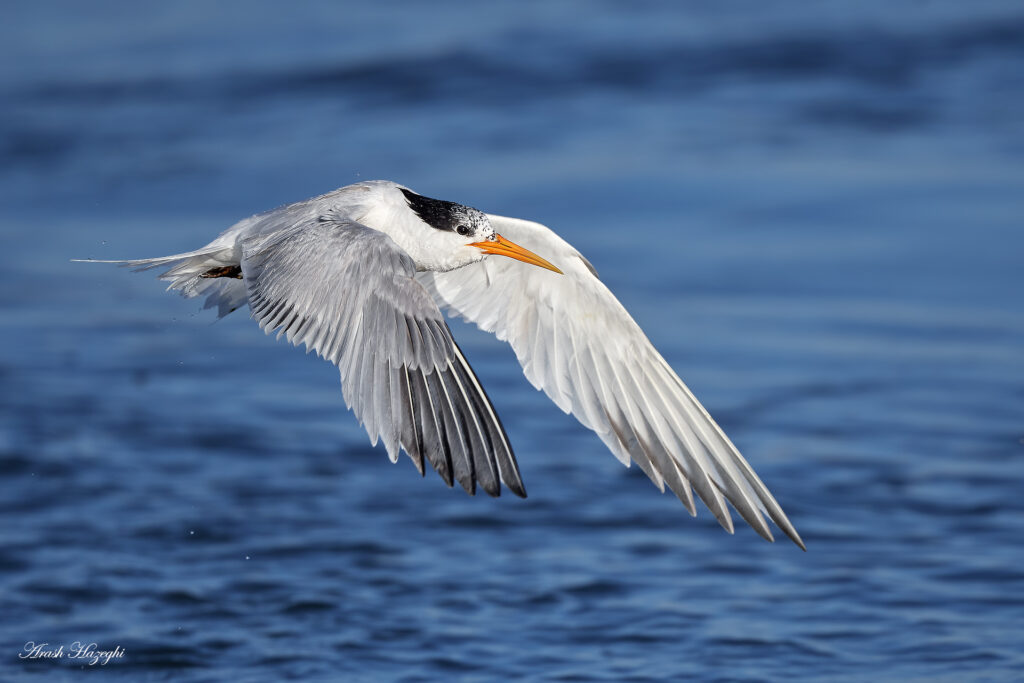
Elegant tern, image mage with the Nikon D500 and AF-S 500 PF ISO-640 f/5.6 at 1/4000 sec hand held and processed with C1P. full-frame shot with zero crop. Click on the image to enlarge
Pros
Excellent AF performance for BIF, rivals the best DSLR’s and nothing can touch it at this price
Great image quality in good light, sharp, detailed and clean RAW’s (converted using Capture One Pro)
10 fps max. burst without needing an external power source or an optional grip
Almost unlimited buffer with XQD card
cheap! the D500 body can be purchased under $1400 from most US dealers.
Cons
Low light performance/high ISO is not great for critical image quality
Viewfinder is a bit small and dark compared to FF cameras
AF at f/8 is not great (similar to the D850) and lags behind the D5
Slow and decade-old obsolete contrast detect AF in LV (like the D5 and the D850)
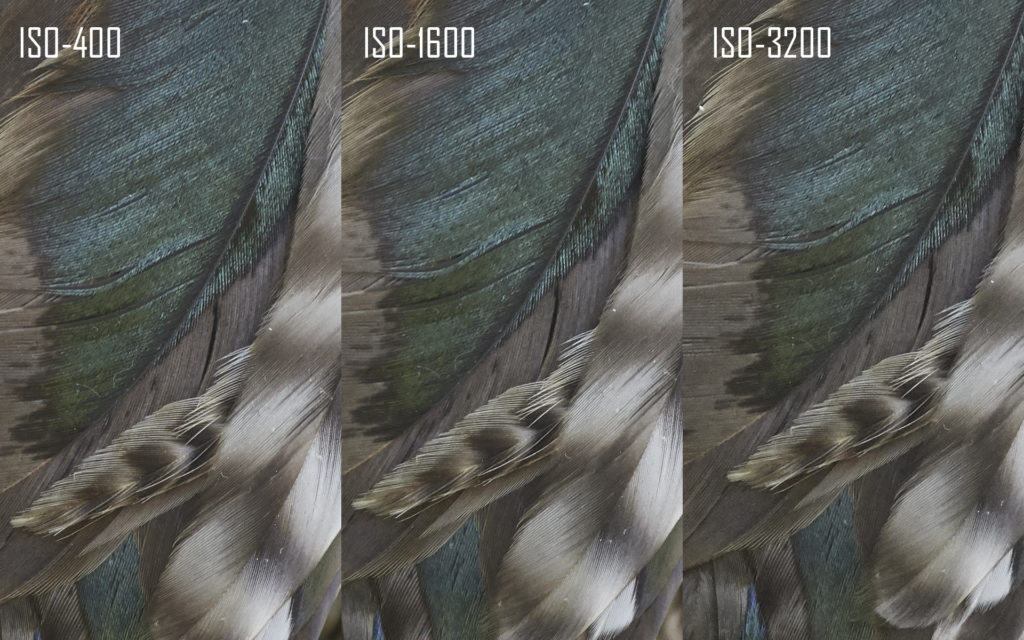
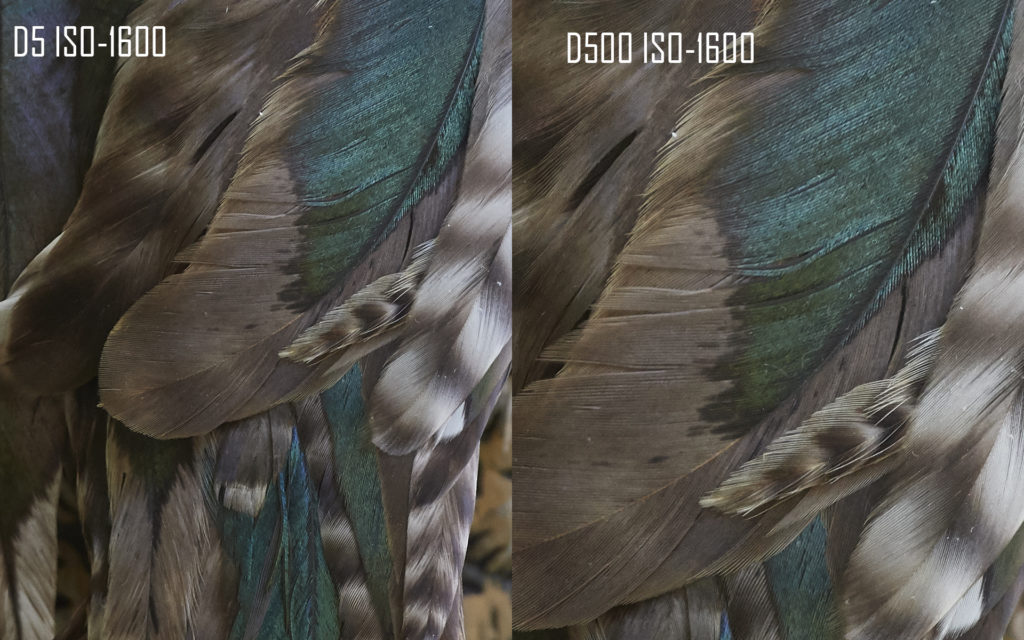
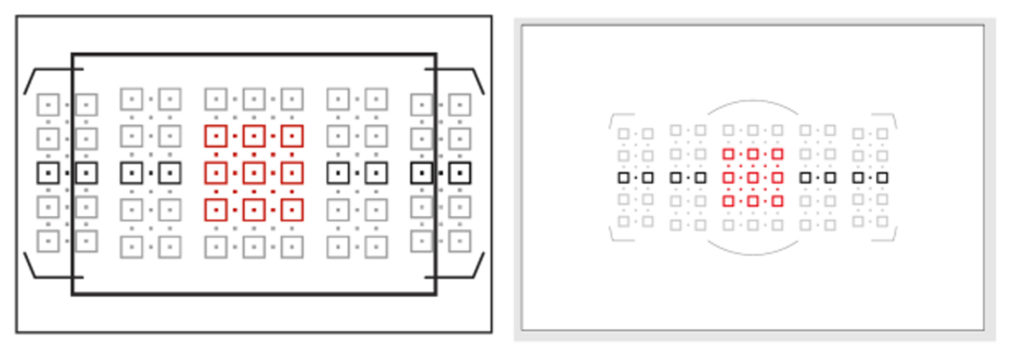
Great review.
I also use the D500/500PF combo extensively for wildlife. With TC14III gives me 1050mm equivalent I can hand-hold with care. 600/4 and D4 long gone……
BTW the Z6 + new 24~200 is excellent for travel, too.
The best lens is always the one you have ready when the shot is there.
PSI
Thanks Peter, it’s a great combo but by no means a replacement for the a 600mm f/4 lens for serious bird photography.
Thank you very much Arash, looks like a great camera at this price.
Very nice review
Thanks
I have been using the D500 with the 500 PF for a long time. It slaughtered the Canon 7D Mark !I. It has no low pass filter and that helps but most of all look at how it tracks BIF; look how fast it shoots. It really is a D5 with the resolution of the D850 and it tracks BIF better than the latter. It is a cropped D850 so you do not want to crop it any further. If you crop a D850 photo it resembles a photo taken with the D500. Somehow Nikon managed to make a very good high resolution chip for the D850. The D5 has larger pixels so it performs well in low light. It exhibits less noise than both the D850 and the D500. The D500 may be an older camera but if gives Sony a good run and neither Sony or Canon have a lens such as the 500 PF except for the Canon 400 F4 DO at almost twice the price and considerably more weight. What will be interesting is the new EOS R5. The Empire is sticking back.
I have been using the D500 with the 500 PF for a long time. It slaughtered the Canon 7D Mark !I. It has no low pass filter and that helps but most of all look at how it tracks BIF; look how fast it shoots. It really is a D5 with the resolution of the D850 and it tracks BIF better than the latter. It is a cropped D850 so you do not want to crop it any further. If you crop a D850 photo it resembles a photo taken with the D500. Somehow Nikon managed to make a very good high resolution chip for the D850. The D5 has larger pixels so it performs well in low light. It exhibits less noise than both the D850 and the D500. The D500 may be an older camera but if gives Sony a good run and neither Sony or Canon have a lens such as the 500 PF except for the Canon 400 F4 DO at almost twice the price and considerably more weight. What will be interesting is the new EOS R5. The Empire is striking back.